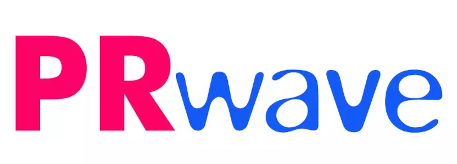Creating brand instrumentality beyond the product

According to this approach brands are not human-like and they do not have life of their own outside the consumer’s mind. They are instruments, means to achieve ends. Emotions cannot be glued to them. They arouse emotions when they are perceived as a source of something beneficial. The positive emotions are direct outcomes of these anticipations. Their various symbolizations (name, logo, font, emblem, etc’) have little impact of their own. Their importance is mainly as identifiers of sources of already attributed and anticipated benefits.
The act of branding has ten different meanings which are ten different ways to create instrumentality or usefulness beyond the tangible benefits which the product/ service/ company themselves can provide. One should know them. These are the routes to creating profitable brands.
Creating a conceived linkage to a tangible benefit
Forming a mental context
A "mental context" is a concept or an organizing principle which allows the consumer to conceive originally unrelated facts (such as: the various marketing activities of a company) as connected by a guiding intent or by some other common factor. In these cases the main benefit of the brand to its customers originates in the mental context. For example: should you stumbled into a hotel like the "Hudson" or the "Royalton" in the heart of Manhattan, you are promised pleasure on different levels, but if you know you’re in a "Boutique Hotel" your stay becomes a very different experience altogether. The Boutique Hotel is an hoteliery concept which features difference between various hotels in the same chain and even difference between rooms within the same hotel. This mental context drives you to a quest of finding the differences.
Directing an experience
This is essentially a hypnotic effect, in some cases related to Placebo. The branding here is the creation of an expectation which alters the sensed experience and enables the consumer a richer experience than what the product alone can provide him with. For instance, the expectation that an energy drink like "Red Bull" will energize, makes the consumers feel a wave of energy beyond the physical effect of the drink.
Creating a means of self presentation
Here the branding creates a symbol with a meaning that is well known to everybody in a relevant group, which enables the consumer to characterize himself and is used by him for inner communication (for example to gather motivation for an effort or to strengthen self image), for inter-personal communication (for instance to create a certain impression) and for public communication (to signal status or affiliation). The brand "ABSOLUT vodka" became a way for yuppies to signal their yuppieness to other yuppies (when the yuppie group was just forming) and so became a huge success.
Creating a means to deliver a message
The branding role in this approach is to create a symbol of another kind, its meaning known for everybody as well. That kind of symbol enables the consumer a very specific statement and/or expressing a very specific emotion. The diamonds giant "De Beers" made the diamond a means of expressing commitment, making the physical fact that a diamond is indestructible a metaphor for the lastingness of a relationship. In September 2003 "De Beers" started creating a new means to deliver a message, this time mainly for women: the Right Hand Ring as a symbol of independence (as apposed to the ring on the left hand which is often a symbol of commitment).
Building a social-cultural authority
The next branding approach is the creation of an authority which the consumers can use as a guide, to help them understand what’s happening around them and to inform them which behavioral ways are normative, what will make them happier etc’. The brand "Apple" proclaimed itself to be such an authority (remember the mythological film "1984"? that is just one example). "Apple" depicted the personal computer, not only as a working tool but also as a device for self expression and creativity. The brand started a cultural trend, which is nowadays at its peak, of giving a wide verity of means for ordinary people, not just the especially talented, for expressing themselves at professional qualities.

